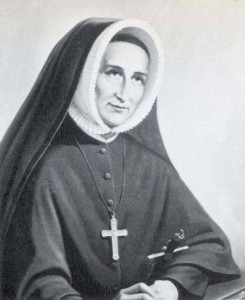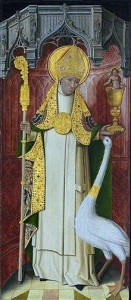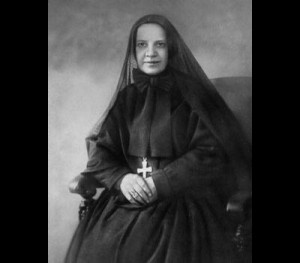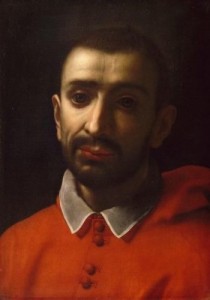 Today the church remembers Saint Luke, the apostle and evangelist, “Scriba Mansuetudinis Christi” [writers of Christ’s gentleness] (Dante).
Today the church remembers Saint Luke, the apostle and evangelist, “Scriba Mansuetudinis Christi” [writers of Christ’s gentleness] (Dante).
Known as the physician and evangelist of mercy.
History tells us that Saint Luke was a native of Syrian Antioch, and that he was a companion of the Apostle Paul (Phil.1:24, 2 Tim. 4:10-11). The Church historian and Father Eusebius (AD 260-340), described Luke in this manner: “Luke, who was by race an Antiochian and a physician by profession, was long a companion of Paul, and had careful conversation with the other Apostles, and in two books left us examples of the medicine for the souls which he had gained from them” (Eccl. Hist. 3.4.6; LCL 1:197)
One of the many key elements of Saint Luke’s Gospel and his Acts, is the reality of sacrifice that we all are forced to confront in our lives. No life has meaning without sacrifice. Hence, Saint Luke is also pictured with the symbol of the ox, a symbol of sacrifice connecting with the sacrifice of Jesus. Some scholars say the earliest date of Luke’s death is AD 84.
 “We cultivate a very small field for Christ, but we love it, knowing that God does not require great achievements but a heart that holds back nothing for self.”
“We cultivate a very small field for Christ, but we love it, knowing that God does not require great achievements but a heart that holds back nothing for self.”






